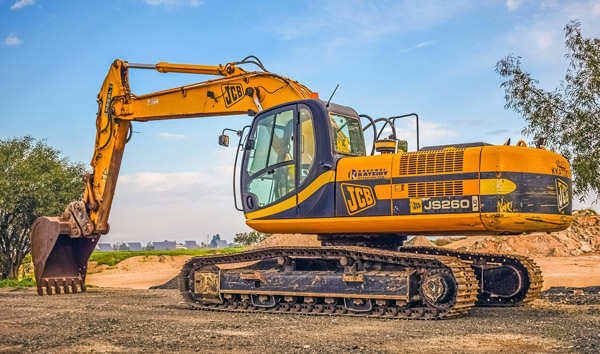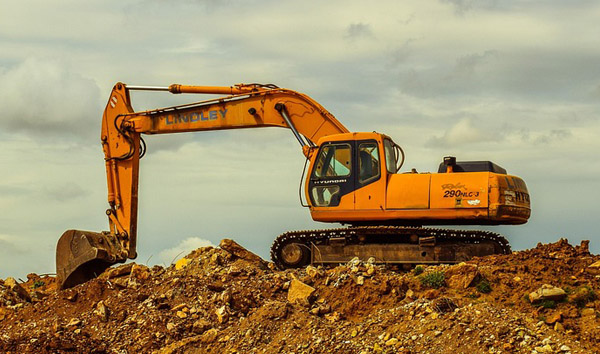The Evolution of Modern Loaders: Efficiency and Innovation in Construction
2025-07-31 04:55:29
The global construction equipment market, valued at $180 billion in 2023, has seen a surge in demand for advanced zhuangzaiji models. These machines now integrate AI-driven automation, reducing human error and optimizing load distribution. For instance, leading manufacturers like Caterpillar and Komatsu have introduced predictive maintenance systems, minimizing downtime by 30%. Such innovations highlight the shift toward intelligent, data-driven construction solutions.
Fuel efficiency remains a critical focus for modern zhuangzaiji. With rising fuel costs and environmental regulations, manufacturers are adopting hybrid and electric powertrains. A 2023 industry report revealed that electric loaders reduce emissions by 45% compared to traditional diesel models. Companies like Volvo CE have pioneered zero-emission zhuangzaiji, aligning with global sustainability goals while maintaining high torque and load capacity.
Another breakthrough is the integration of IoT in zhuangzaiji operations. Sensors embedded in these machines collect real-time data on engine performance, hydraulic pressure, and load weight. This data is transmitted to cloud platforms, enabling fleet managers to optimize workflows. For example, John Deere’s SmartGrade loaders use GPS and telemetry to automate grading tasks, improving accuracy by 20%. Such advancements underscore the role of connectivity in modern construction.
Safety enhancements in zhuangzaiji have also gained prominence. Collision avoidance systems, 360-degree cameras, and fatigue detection algorithms are now standard in premium models. A study by the International Council for Machinery Safety (ICMS) found that these features reduce worksite accidents by 35%. Additionally, ergonomic cabin designs reduce operator strain, further boosting productivity in long shifts.
Looking ahead, the zhuangzaiji market is poised for further disruption. Autonomous loaders, powered by 5G and edge computing, are undergoing trials in smart cities. These machines promise 24/7 operation with minimal supervision, potentially revolutionizing large-scale projects. As the industry embraces digital transformation, the next generation of loaders will redefine efficiency, sustainability, and safety in construction.













